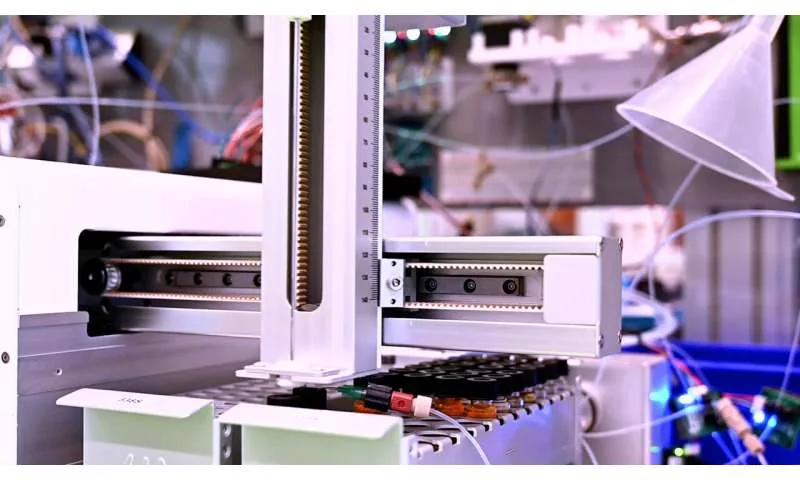The University of Amsterdam has developed a robot called RoboChem with AI and ML that performs better than a human chemist.
RoboChem holds the promise of speeding up the chemical discovery of molecules used by the pharma industry, as well as other applications. The first results are already published in Science in a paper titled Automated self-optimization, intensification, and scale-up of photo-catalysis in flow. Notably, this new robotic platform uses multiple components to systematically explore multiple variables to identify optimal reaction conditions. This can be used to find new chemical combinations that maximize yield, throughput, or both.
The system takes into consideration variables such as mass, heat, and photo transport to create well-structured datasets. The research paper outlines how the system covered various facets of photocatalysis in a set of 19 molecules. The results were double-checked to ensure accuracy.
This is the kind of rote work that chemists have to do. Delegating it to an accurate AI-based model frees up the time and resources for more meaningful work, improving overall efficiency.
RoboChem can deliver results autonomously all the time. It doesn’t get tired and can help scientists produce quantities relevant for suppliers to the pharma industry.
It processes the information using artificial intelligence. We use a machine learning algorithm that autonomously determines which reactions to perform. It always aims for the optimal outcome and constantly refines its understanding of the chemistry. In about 80% of the cases, the system produced better yields. For the other 20%, the results were similar.
Timothy Noël, Van ‘t Hoff Institute for Molecular Sciences, University of Amsterdam

